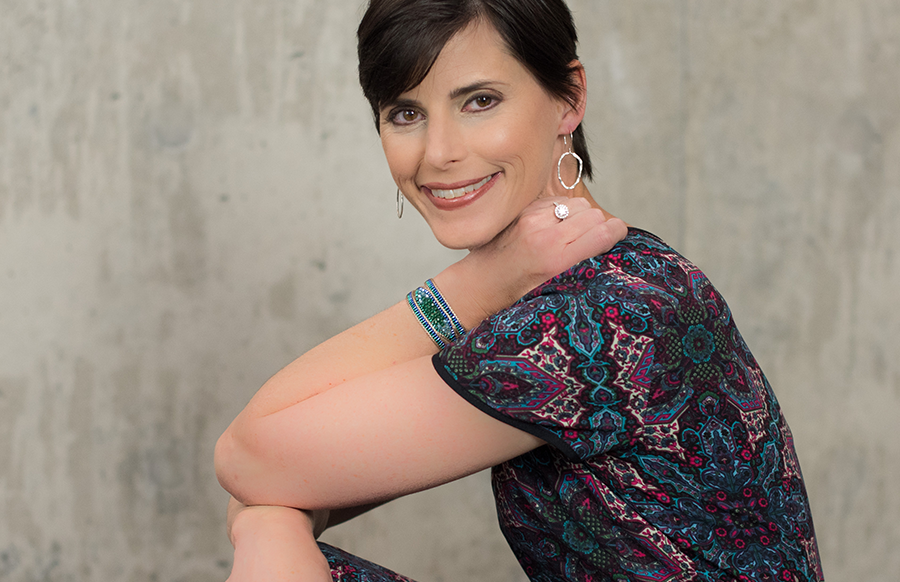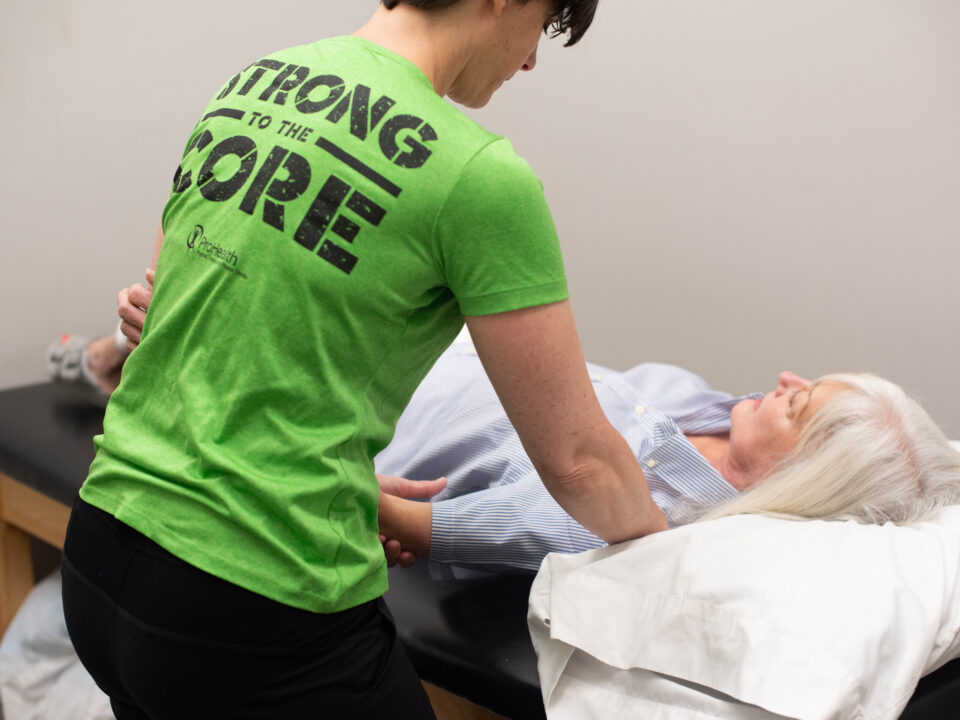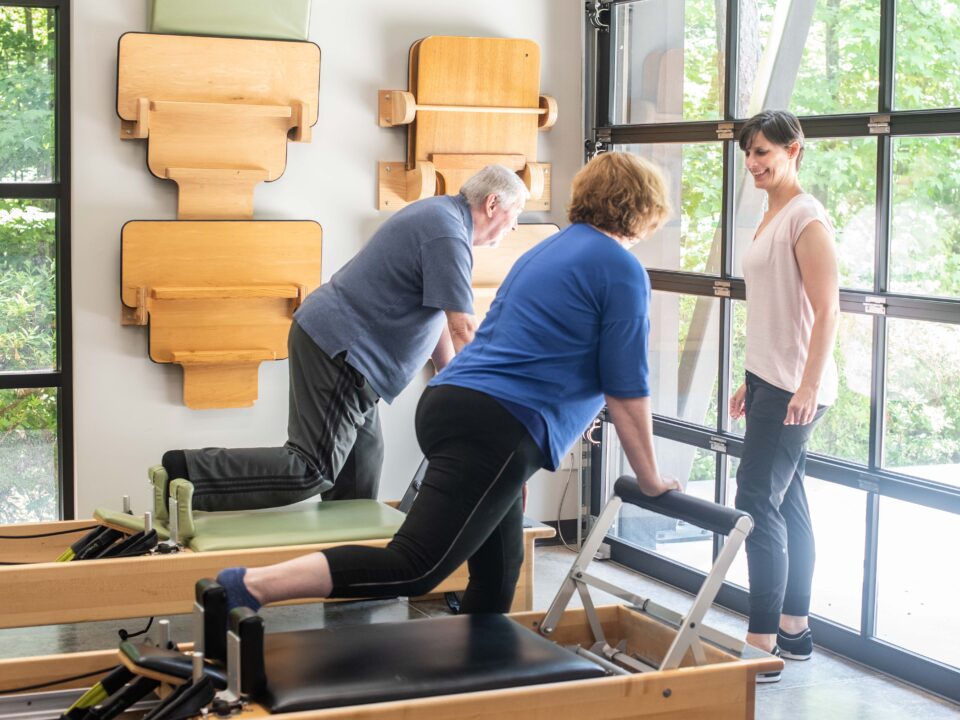- Mon - Fri
7.30 AM – 5.30 PM
Other hours upon request - 770-487-1931
Can Physical Therapy Help with Arthritis?

The short answer is Yes, physical therapy can make a profound difference for those suffering with arthritis. To get to the meat of why that’s true we need to understand the types of arthritis, and what kind of physical therapy is right for each.
ProHealth’s owner and lead physical therapist is Dr. Karyn Staples, PT, PhD. She says that among the practice’s patients, about 60% are struggling with arthritis-related pain. “I see it every single day,” she says. “Back pain is the number one reason patients come in. Then it’s knees and shoulders. The biggest reason, the underlying cause is for most of these conditions is arthritis.”
As a modality, physical therapy is known to have patients walking out better than they walked in, and it can have a profound effect on arthritis. Those effects depend on what kind of arthritis the patient has.
PT for Osteoarthritis
Dr. Staples explains it like this, “The most common is osteoarthritis. Osteoarthritis is wear and tear of the cartilaginous component in the joint. Instead of a nice, smooth lining in the joint, it’s a little rougher, and there’s less of it. That’s going to be the most common because it can happen in any joint of the body. And it happens from everyday life and the movements that we do.
“Individuals that benefit from physical therapy for osteoarthritis are taught how to move through other joints of the body. As physical therapists we teach the patient to move differently or move better. Often in day-to-day life, we don’t realize our movement may not be the most efficient, it’s just the way that our body moves.
“With physical therapy, we not only teach the individual how to move better, but also how to strengthen supportive muscles. For instance, if somebody has a lot of wear and tear in their lower back, the movements that we’re going to teach the person are how to move more from their hips. It’s similar for knee problems but rather than the hips, it’s what’s the flexibility in the ankle? So again, we try to relieve the pressure through that joint. There are many people that come for physical therapy because they have pain, and they’re not surgical candidates. It’s not time for joint replacement, or nothing that requires invasive lumbar surgery.”
What happens to those arthritic people who do physical therapy? “By strengthening and providing appropriate flexibility and body mechanics training, they’re able to move on and go on with their life and potentially never have to have any surgery, or it may allow them to have a better quality of life,” says Staples.
PT for Surgery
Sometimes people visit the PT practice who are surgical candidates. They may be heading toward an inevitable surgery, or they may have just had surgery. When people do PT before surgery Staples says the outcomes are better. “They’re stronger, their joints are moving better going into a surgical procedure, so they do better on the other side, and they’re able to get back to function better.”
PT for Rheumatoid Arthritis
What about the other kinds of arthritis? The next most common that Dr. Staples sees is rheumatoid arthritis, an auto-immune disease diagnosed by a blood test. “What’s happening is that their body is attacking their own joints. So, the physical therapy we do is to teach patients how to protect their joints, especially during certain flares. The individual might have different management strategies depending on their activities, so we look to decrease the strain on affected joints so they can do those activities,” says Staples. The physical therapy for rheumatoid arthritis is how to help not exacerbate problems.
Staples says that rheumatoid arthritis would be primarily managed through medication, “But they still have these joints that have had potential damages. So, the physical therapy is really teaching them how to move better.”
PT for Autoimmune Psoriatic Arthritis
Autoimmune psoriatic arthritis is also seen by physical therapists. Physical therapy treatment for this kind of arthritis is similar to how rheumatoid arthritis is treated, with joint management and joint protection strategy.
The Fear Factor
Staples says that the most common thing she sees in treating all forms of arthritis is the fear factor. “They are fearful of movement, then they’re afraid of falling. And then they stop moving, which then causes them to be stiff, which then makes the pain worse. And so it becomes this constant cycle that we want to try to avoid.”
Arthritic patients are so common in her practice that Dr. Karyn Staples says that since physical therapy helps ANYONE, it helps those with arthritis. Consider physical therapy for better balance, stability, less pain, strength and a whole host of other benefits.




